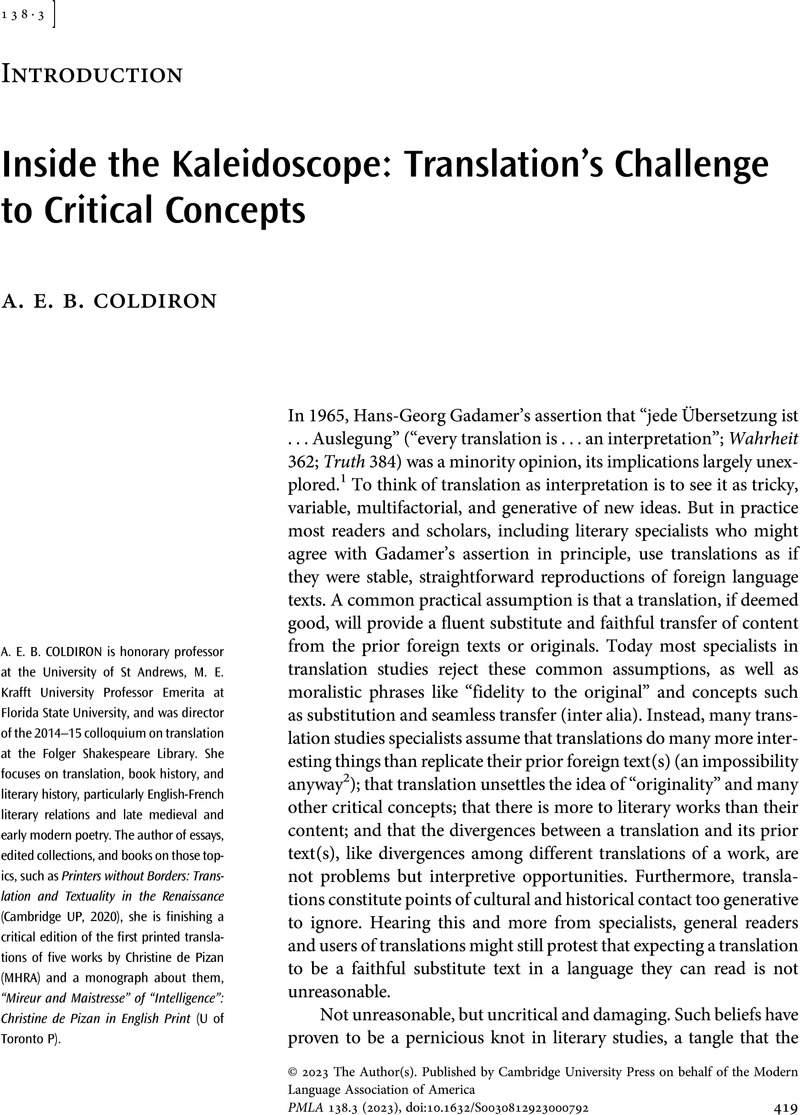Crossref Citations
This article has been cited by the following publications. This list is generated based on data provided by Crossref.
Taylor, Gary
2024.
Transeditions: Shakespeare’s two french english lessons.
Letras,
p.
3.



